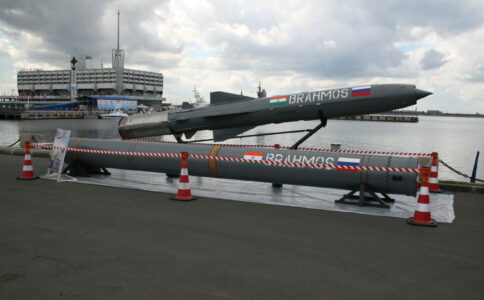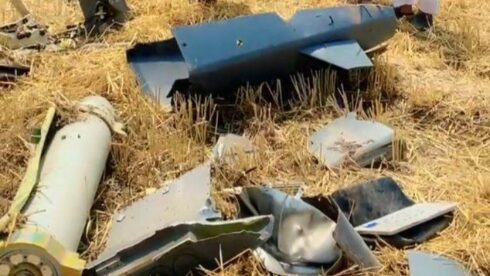India’s BrahMos supersonic cruise missile, which was developed in cooperation with Russia, has apparently outperformed the SCALP-EG cruise missiles the country purchased from France during the recent conflict with Pakistan.
The conflict was sparked by the April 22 terrorist attack on Pahalgam in Indian-administered Kashmir. New Delhi blamed Islamabad for the incident. The situation escalated on May 7 following deadly Indian retaliatory strikes against Pakistan. The two counties exchanged strikes across the Line of Control, the de-facto borders in the disputed region of Kashmir, as well as over the internationally-recognized border for the next three days. A ceasefire was announced on May 10.
The Indian military used both BrahMos and SCALP-EG missiles to attack Pakistani targets during the conflict. However, evidence suggests that the first performed better.
India purchased an undisclosed number of SCALP-EG, the French codename for the Storm Shadow missile, in 2016 as part of the Dassault Rafale fighter jet deal.
The SCALP-EG is a Franco-British low-observable, subsonic, air-launched cruise missile developed in the 1990s by Matra and British Aerospace, and now manufactured by MBDA. It features a GPS-aided inertial navigation system with a terrain profile matching system. For terminal guidance, the missile is equipped with an imaging infrared scene-mapping area correlator system.
The maximum range of the SCALP-EG is 560 kilometers with a speed of Mach 0.95. However, India received a downgraded export version with a range of 250 kilometers. The Rafale fighter jets of the Indian Air Force (IAF) are the main carrier of the missile.
On the other hand, the BrahMos was jointly developed by the Indian Defence Research and Development Organisation and the Russian Federation’s NPO Mashinostroyeniya on the basis of the P-800 Oniks, also during the 1990s.
Just like the Russian-made Oniks, the BrahMos can reach a speed of up to Mach 3 with the range of its latest version reaching over 800 kilometers. Upon approaching its target, the missile is capable of flying as low as 3-10 meters to avoid detection.
The BrahMos relies on a complex guidance system built around a satellite-aided inertial navigation system and a jam-resistant active radar homing seeker. While it was mainly designed to engage water-born targets, it can strike ground-based targets as effectively.
The missile can be launched from land, sea and air. The air-launched version, fielded by the IAF’s Su-30MKI, is said to have a range of 500 kilometers, double that of the SCALP-EG.
During the last conflict, Pakistani media reported that multiple SCALP-EG missiles were intercepted by the country’s air defenses. A photo that surfaced online after the ceasefire confirmed that at least one missile of this type crashed in Pakistani territories.
On the other hand, there were no reports of any BrahMos failing or being shot down, which suggests that the missile performed better.
This result is not surprising. The Oniks performed very well during the Russian special military operation in Ukraine, with Ukrainian military officials even admitting that it is nearly impossible to intercept. On the other hand, SCALP-EG missiles supplied to Ukraine were effective initall, before being nearly completely neutralized by Russian air defenses and electronic warfare means.
Of course the two missiles are not of the same class, for example the BrahMos has an anti-ship capability, but still they can be compared in the context of the recent Indian-Pakistani conflict as they were both employed from air to strike land targets.
_______________________________________________________________________________________________________________________
SouthFront: Analysis and Intelligence
NOW hosted at southfront.press
Previously, SouthFront: Analysis and Intelligence was at southfront.org.
The .org domain name had been blocked by the US (NATO) (https://southfront.press/southfront-org-blocked-by-u-s-controlled-global-internet-supervisor/) globally, outlawed and without any explanation
Back before that, from 2013 to 2015, SouthFront: Analysis and Intelligence was at southfront.com







